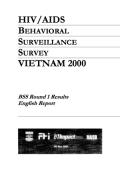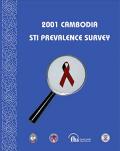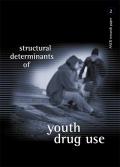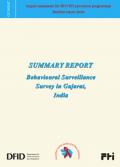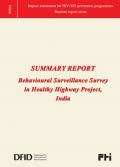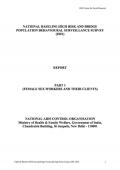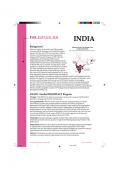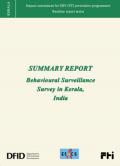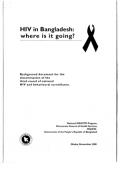Publications on Key Populations
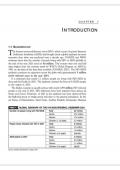
Resource | Publications,
The present report provides the detailed findings of the baseline survey conducted among the bridge group (Client of Female Sex Workers) and one high-risk population group (Female Sex Workers) seeking their present status on awareness, knowledge, attitude and behaviour with regard to STD/HIV/AIDS.






